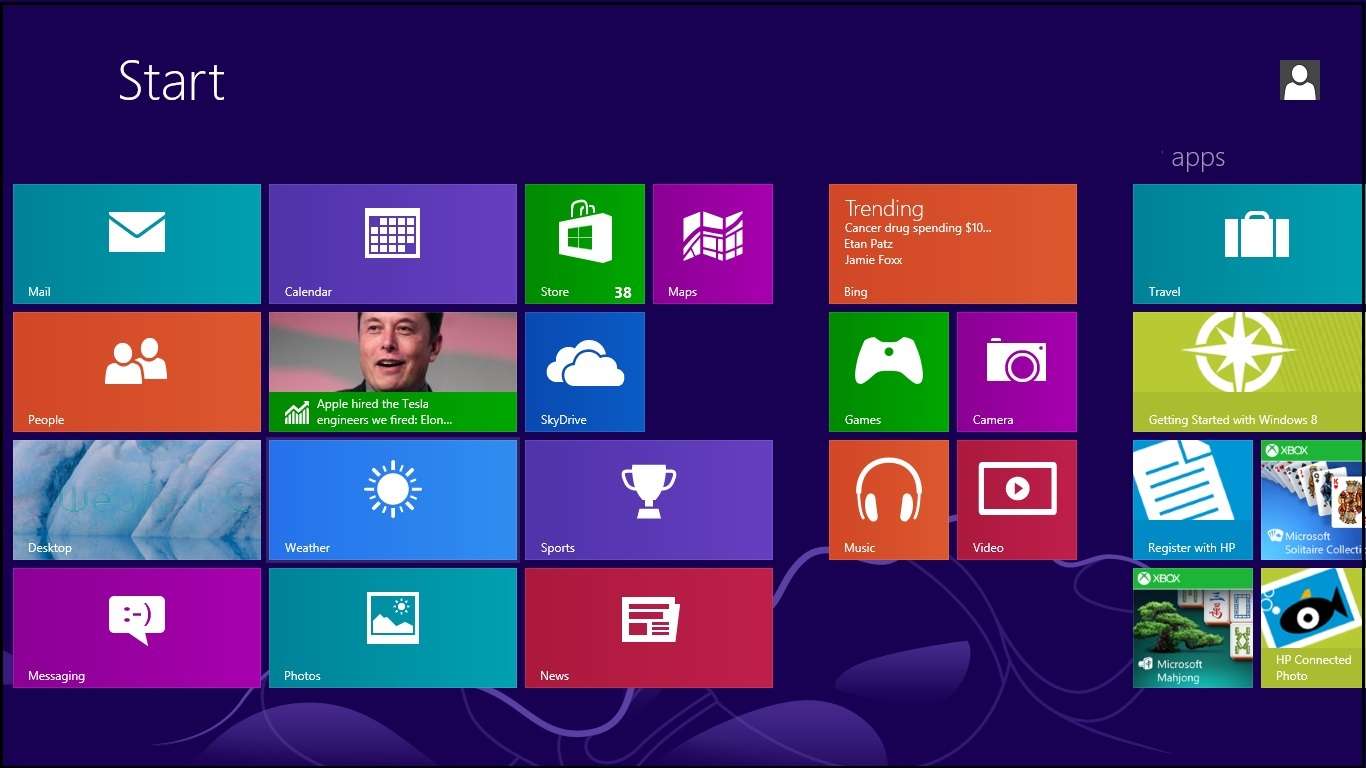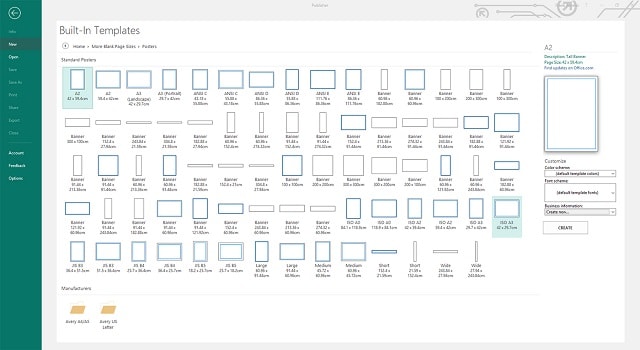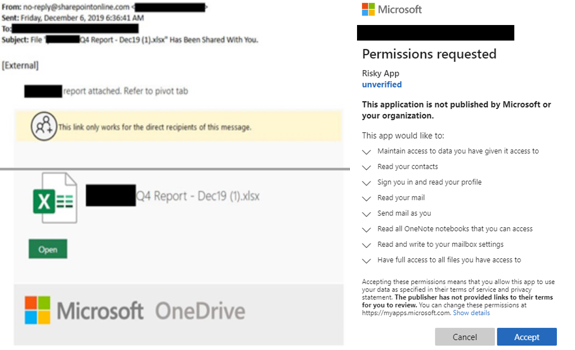Find the right Microsoft 365 Family or Personal plan for all your devices. Includes AI-powered Office apps, 1 TB of cloud storage, and premium mobile features. Microsoft Office is a powerful service that helps you unleash your best ideas, get things done, and stay connected on the go. Simply sign in for a personalized experience and all the most up-to-date Office applications, with new and enhanced features continually being added. However, Office Home & Student does not include Microsoft Publisher, so make sure not to purchase this option. Review the options and the services included in each option and choose the one that works best for you. The Office 365 Home and Office 365 Personal options also offer monthly subscriptions instead of yearly. Microsoft Publisher comes as part of an Office 365 Business package, yours for £7.90 per user per month (plus VAT) or $8.25 per user per month in the US if you pay once a year. If you'd rather.
-->Microsoft 365 Apps is a version of Office that's available through many Office 365 (and Microsoft 365) plans. It includes the applications that you're familiar with, including Access, Excel, OneNote, Outlook, PowerPoint, Publisher, Skype for Business, Teams, and Word. You can use these applications to connect with Office 365 (or Microsoft 365) services such as SharePoint Online, Exchange Online, and Skype for Business Online.
Note

- Project and Visio aren't included with Microsoft 365 Apps, but are available from other subscription plans.
- For more information about Office 365 (and Microsoft 365) plans, see https://products.office.com and the Office 365 Service Descriptions.
Microsoft 365 Apps is similar to other versions of Office
Microsoft 365 Apps is similar to other versions of Office that you can deploy to your users. Here are some important similarities:

Microsoft 365 Apps is a full version of Office.
Its system requirements (for example, memory, hard disk space, and operating system) are similar to other current versions of Office. For more information, see System requirements for Office.
Like other versions of Office, Microsoft 365 Apps is available in a 32-bit and a 64-bit version. To decide which version is right for your environment, carefully review Choose between the 64-bit or 32-bit version of Office before you deploy.
When you deploy Microsoft 365 Apps, it's installed on the user's local computer. Microsoft 365 Apps is not a web-based version of Office. It runs locally on the user's computer. Users don't need to be connected to the internet all the time to use it.
You can use many of the same tools to deploy and configure Microsoft 365 Apps that you're already using to deploy Office. For example, you can use Microsoft Endpoint Configuration Manager to deploy Microsoft 365 Apps. For more information, see Choose how to deploy.
In addition, you can use many of the same Group Policy settings that you use with other versions of Office to configure and enforce Microsoft 365 Apps program settings.
What's different about Microsoft 365 Apps?
Even though Microsoft 365 Apps is a lot like other versions of Office, there are differences, including for Deployment differences and Licensing differences.
The most significant difference is that Microsoft 365 Apps is updated regularly, as often as monthly, with new features, unlike non-subscription versions of Office. For a list of new features, see What's new in Microsoft 365.

Deployment differences
By default, Microsoft 365 Apps installs as one package. This means that all Office applications are installed on the user's computer. But, you can configure the deployment to exclude or remove certain Office applications, such as Access, from client computers.
Because Microsoft 365 Apps uses a different installation technology, called Click-to-Run, there's a different way to apply software updates, such as security updates. By default, Microsoft 365 Apps is configured to automatically install updates from the Office Content Delivery Network (CDN) on the internet. But, you can configure Microsoft 365 Apps to install updates from a location within your own network or you can manage updates to Microsoft 365 Apps with Microsoft Endpoint Configuration Manager.
Microsoft 365 Apps also provides the ability to control how often users receive feature updates. For example, users can get new features to Microsoft 365 Apps as soon as they're ready, or once a month (on the second Tuesday of the month), or twice a year (in January and July, on the second Tuesday). For more information, see Overview of update channels for Microsoft 365 Apps.
Office 365 (and Microsoft 365) provides a web-based portal where users can install Microsoft 365 Apps themselves. Keep in mind that users have to be local administrators on their computers to install Microsoft 365 Apps. If users aren't local administrators, you'll have to install Microsoft 365 Apps for them. Also, if you don't want your users to install from the portal, you can prevent that. For more information, see Choose how to deploy.
Microsoft Office
Licensing differences

Microsoft Publisher Office 365 Mac
Users can install Microsoft 365 Apps on up to five different computers with a single Office 365 license. For example, a user can have Microsoft 365 Apps installed on a computer in the office, on a laptop to use when traveling, and on a home computer. Users can also install on up to 5 tablets and 5 phones.
Microsoft 365 Apps is offered as a subscription. If you cancel your subscription, Microsoft 365 Apps goes into reduced functionality mode. In reduced functionality mode, users can open and view existing Office files, but users can't use most of the other features of Microsoft 365 Apps. For more information, see Overview of licensing and activation in Microsoft 365 Apps.
To use Microsoft 365 Apps, a user must have an Office 365 (or Microsoft 365) account and have been assigned a license. If the user's license or account is removed, the user's installations of Microsoft 365 Apps go into reduced functionality mode.
Even though users don't need to be connected to the internet all the time to use Microsoft 365 Apps, users must connect to the internet at least once every 30 days. This is so that the status of their Office 365 (or Microsoft 365) subscriptions can be checked. If users don't connect within 30 days, Microsoft 365 Apps goes into reduced functionality mode. After users connect to the internet and their subscription status is verified, all the features of Microsoft 365 Apps are available again.
Microsoft Publisher 2016 Free Download
More information about Microsoft 365 Apps
Microsoft Publisher Office 365 Business Premium
You can use Microsoft 365 Apps with supported versions of Exchange Server (Exchange Server 2013 or later) or SharePoint Server that are installed on-premises in your organization. Or, if they're part of your Office 365 (or Microsoft 365) plan, you can use Microsoft 365 Apps with Exchange Online and SharePoint Online.
Users can store the files they create with Microsoft 365 Apps on their local computers or elsewhere on your network, such as a SharePoint site. Office 365 (and Microsoft 365) also provides cloud-based file storage options.
Microsoft 365 Apps isn't the same as the web versions of the Office applications. The web versions let users open and work with Word, Excel, PowerPoint, or OneNote documents in a web browser. The web versions of these Office application are included with all Office 365 (and Microsoft 365) plans.
Read the Office 365 Service Descriptions to learn more about what's included in Office 365 (and Microsoft 365).
Related topics
